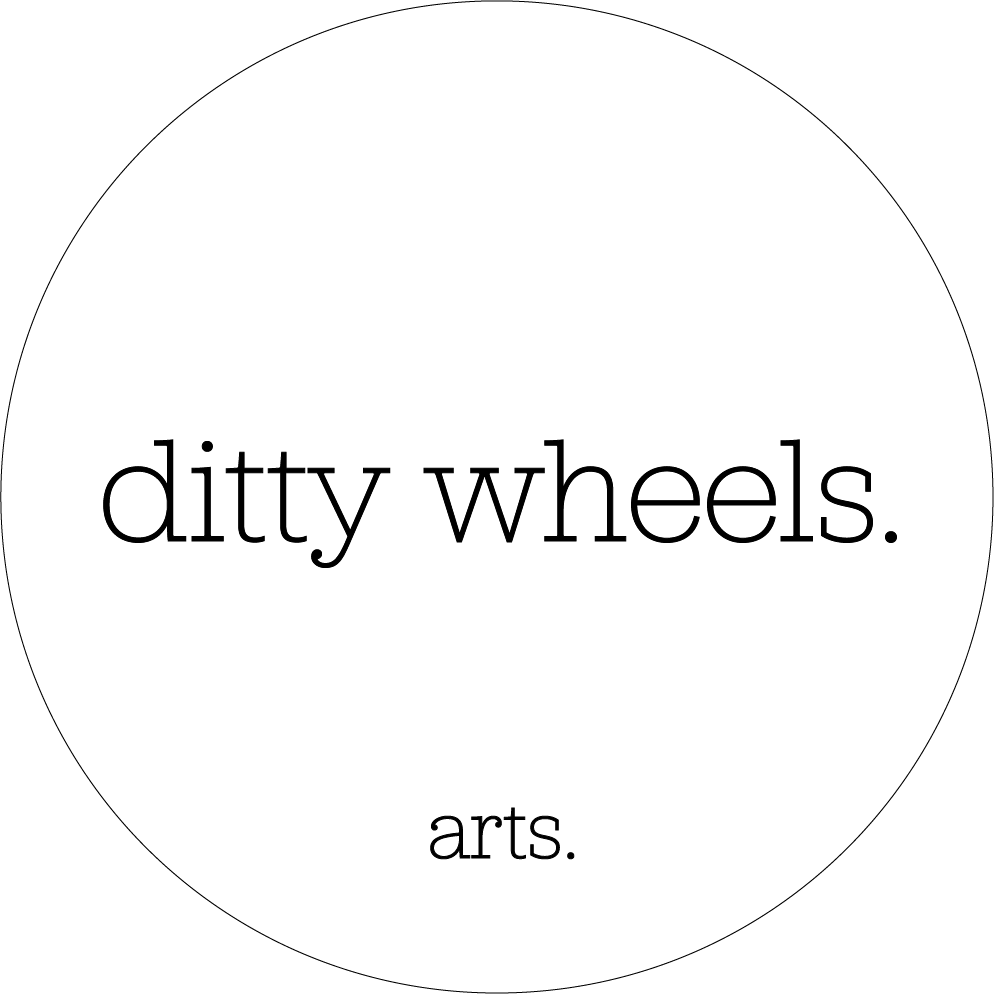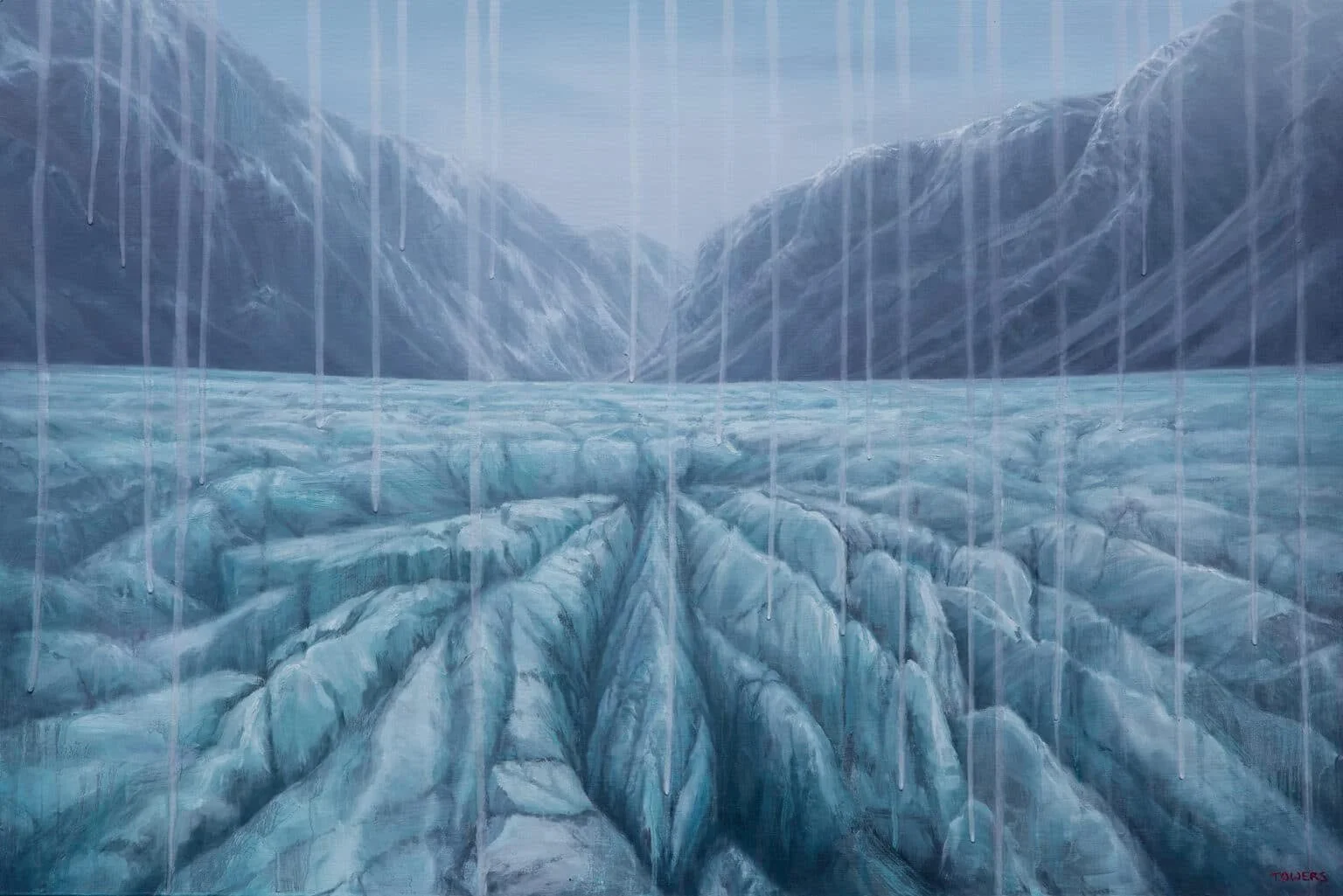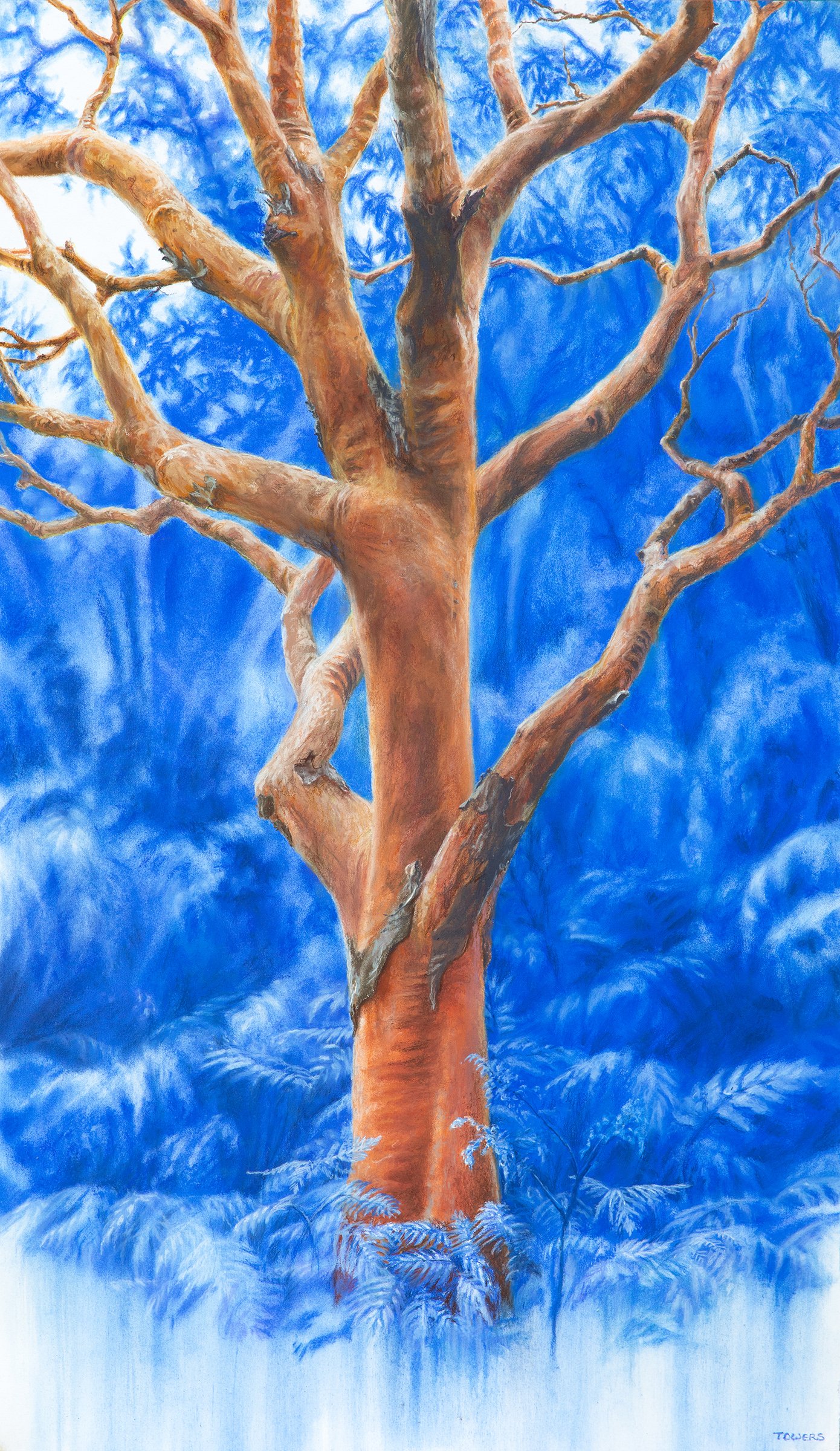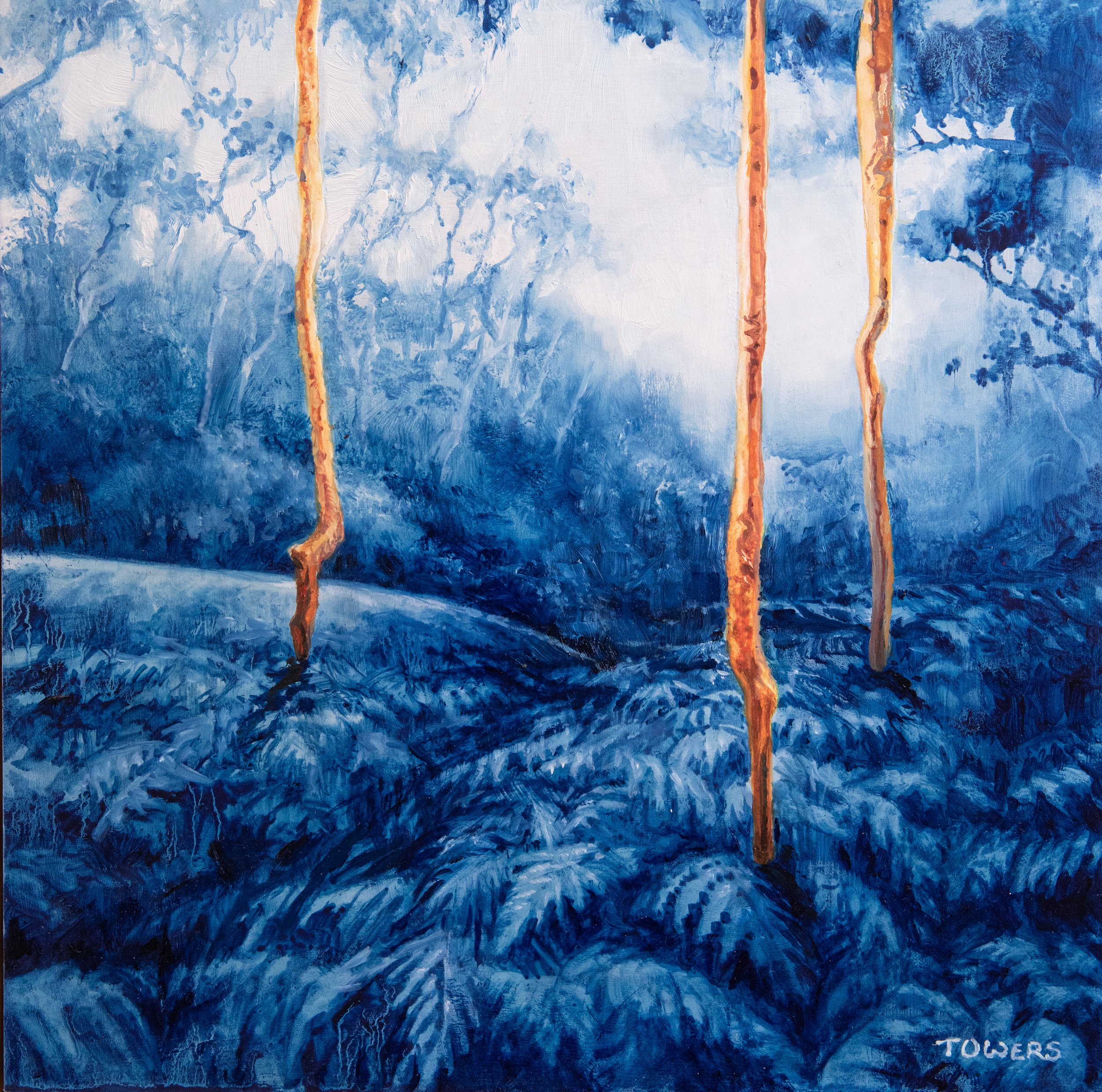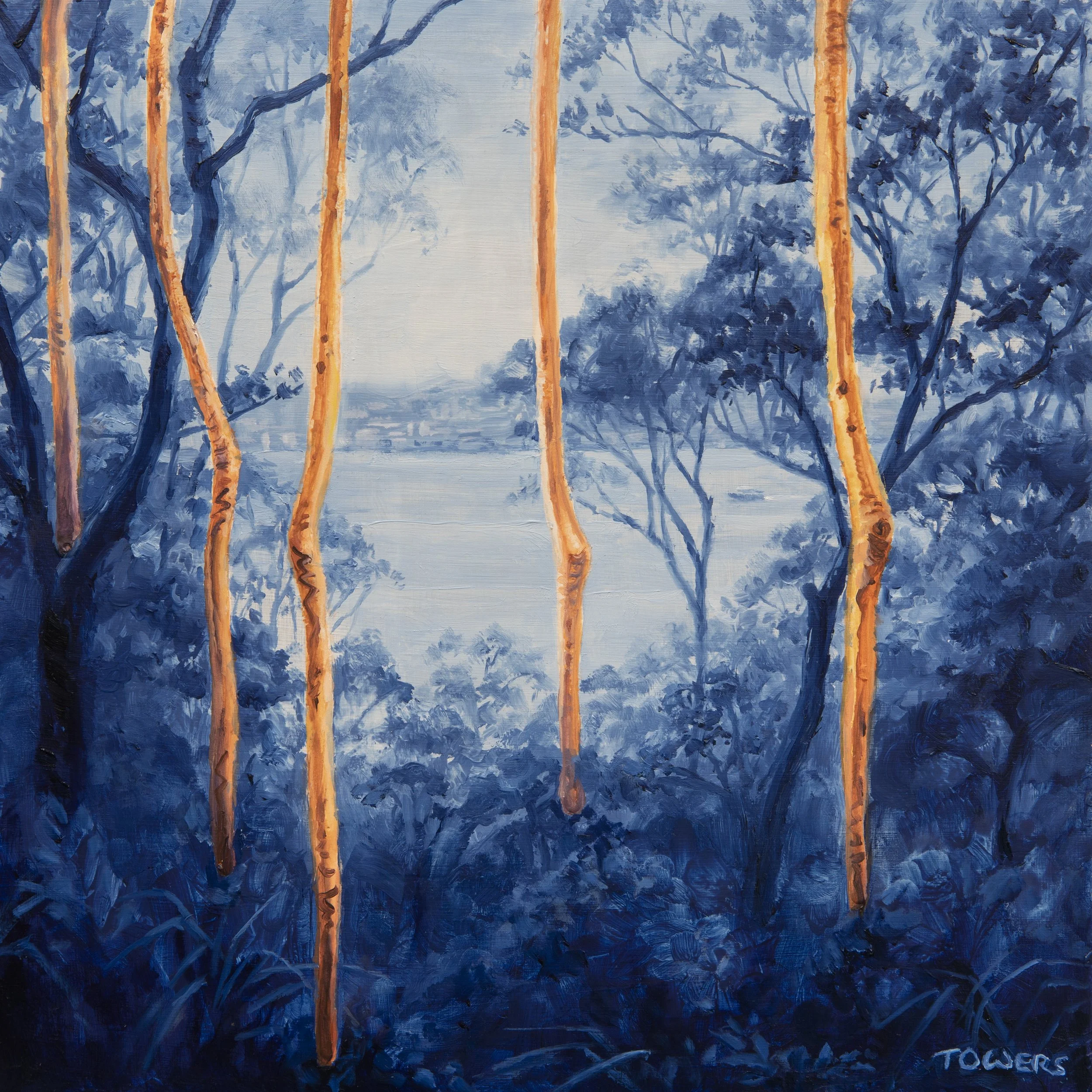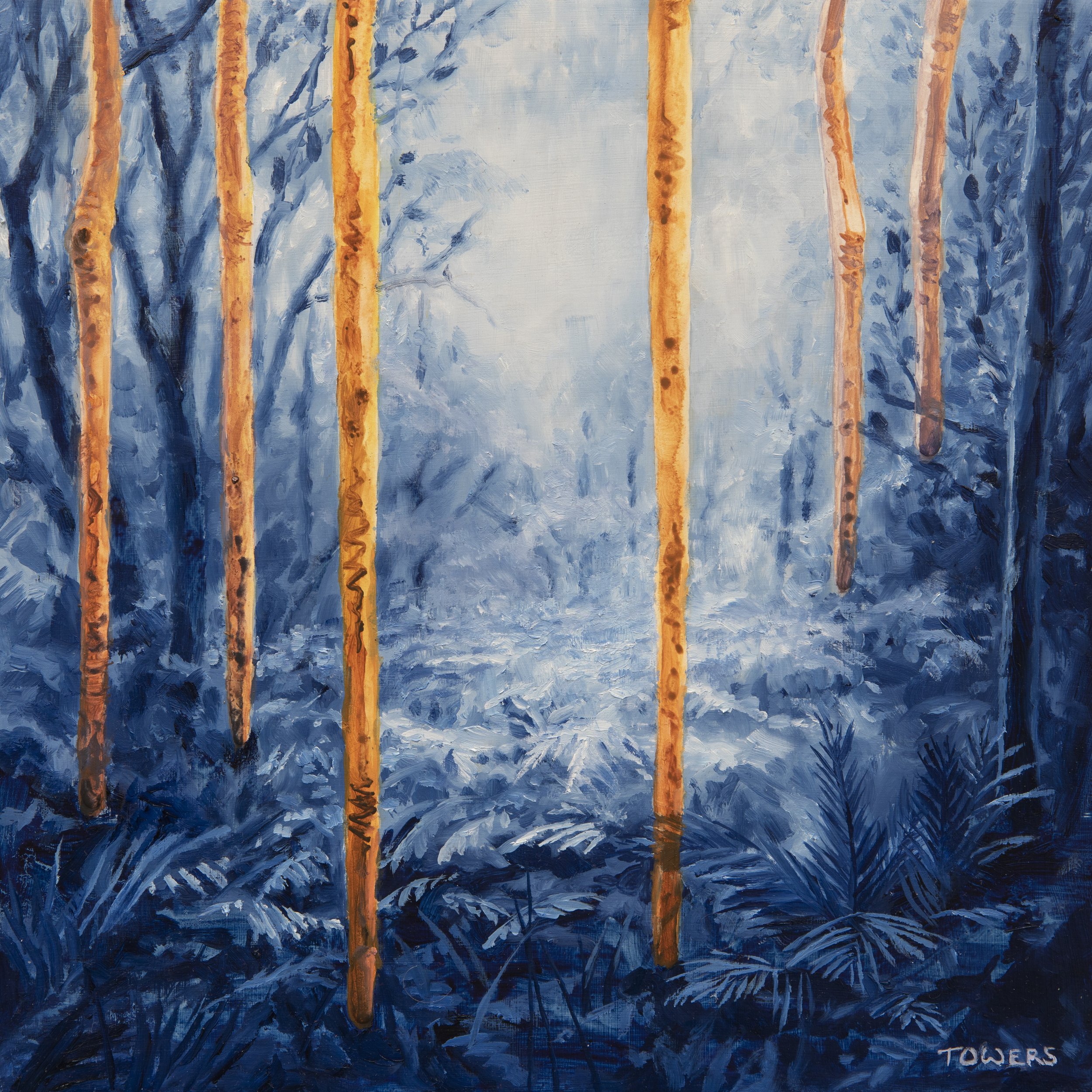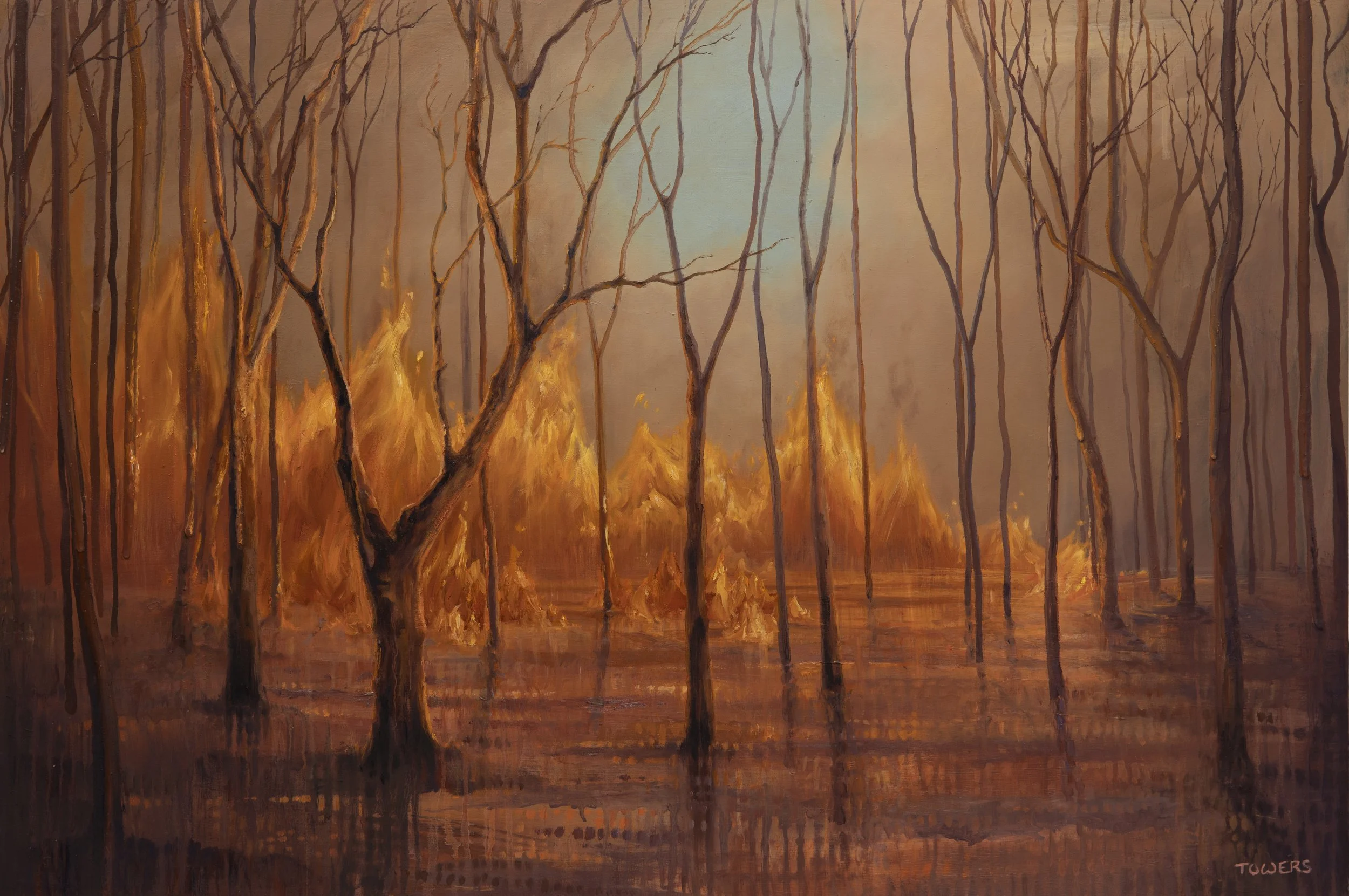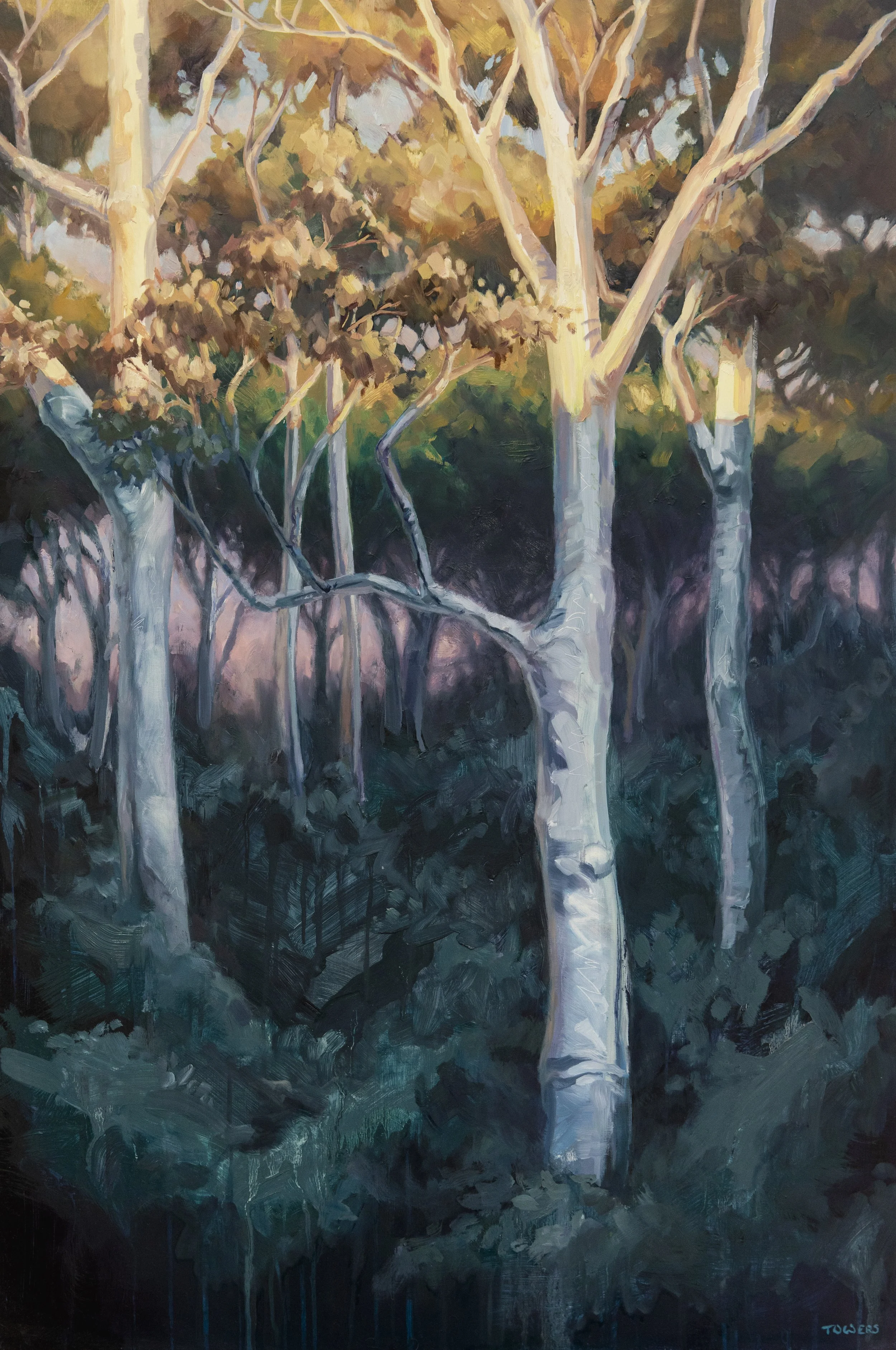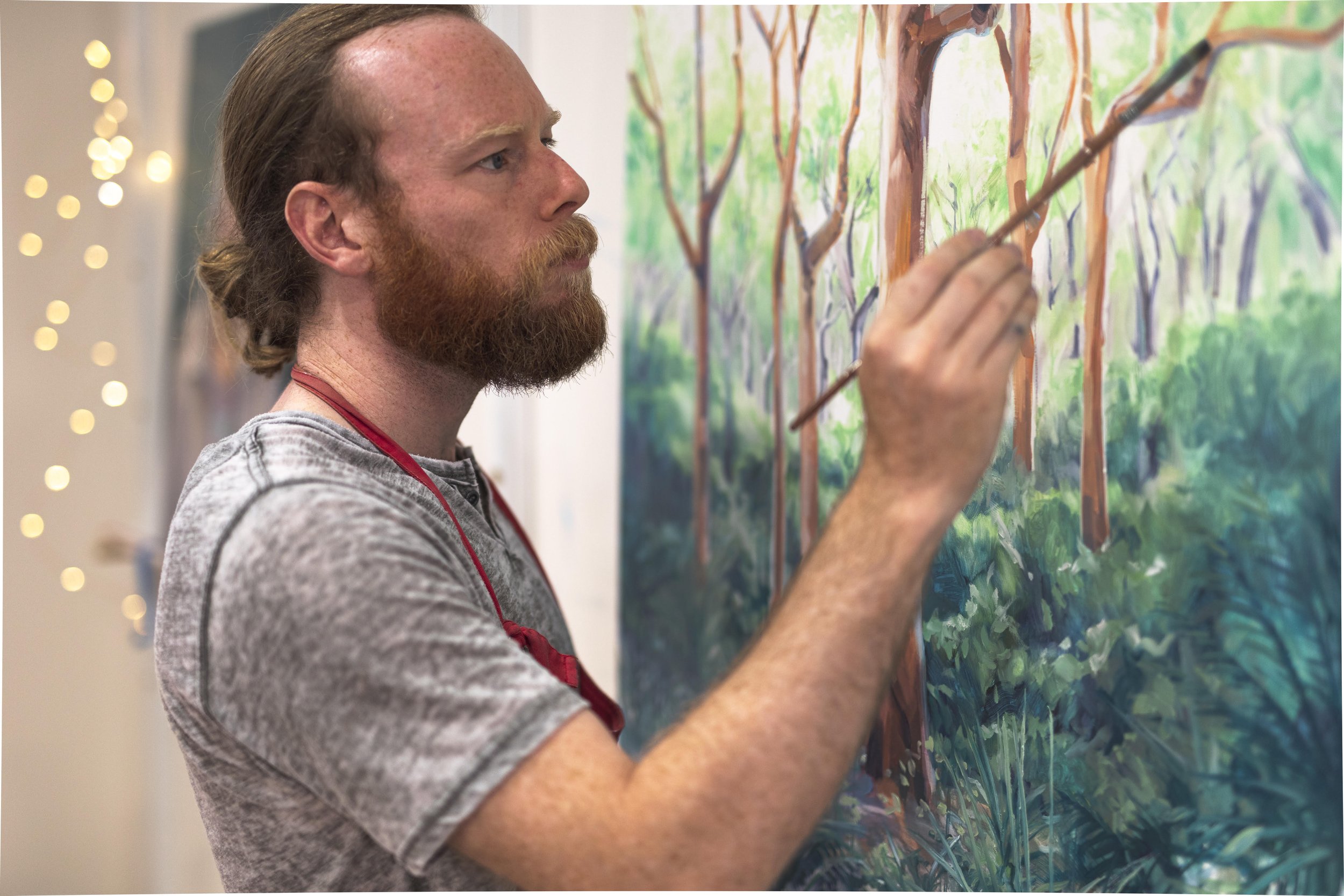Tim Owers
‘Owers translates his profound connection with the natural world into vibrant and expressive works of art’
Hálend 2021 - Oil on board - 91cm x 61cm - $1650
Blasa Viô 2021 - Oil on board - 91cm x 61cm - $1650
Umkringdur 2021 - Oil on board - 91cm x 61cm - $1650

Skaftafell - Oil on board - 62.5cm x 62.5cm - $1200

Syna - Oil on board - 62.5cm x 62.5cm - $1200
Anatomy Of The Angophora (The Entrance, NSW) - 2022 - Pastel on Paper - 128cm x 80cm Framed - $3250
Anatomy Of The Angophora (Bouddi, NSW) - 2023 - Pastel on Paper - 128cm x 80cm Framed - $3250
Anatomy Of The Angophora (Pearl Beach, NSW) - 2023 - Pastel on Paper - 128cm x 80cm Framed - $3250
Anatomy Of The Angophora (The Domain, NSW) - 2023 - Pastel on Paper - 128cm x 80cm Framed - $3250
Anatomy Of The Angophora (Catherine Hill Bay, NSW) - 2024 - Pastel on Paper - 128cm x 80cm Framed - SOLD
Anatomy Of The Angophora (Mosman, NSW) 2024 - Pastel on Paper - 128cm x 80cm Framed - $3250
Red Gum and Ultramarine Blue (Bouddi, NSW) - 2023 - Oil on Board - 124.5cm x 75.5cm Framed - $3250
Below The Surface (Mangrove Mountain After Fire) - 2024 - Oil on Linen - 30cm x 30cm Unframed - $680
Congregate (Mangrove Mountain After Fire) - 2024 - Oil on Linen - 30cm x 30cm Unframed - SOLD
Divided (Mangrove Mountain After Fire) - 2024 - Oil on Linen - 30cm x 30cm Unframed - $680
Gathered (Mangrove Mountain After Fire) - 2024 - Oil on Linen - 30cm x 30cm Unframed - SOLD
Red Gum Habitat Study (Bouddi, NSW) - 2023 - Oil on Board - 29.5cm x 29.5cm Framed - SOLD
Red Gum Habitat Study (Taylor’s Bay Track, Mosman, NSW) - 2023 - Oil on Board - 29.5cm x 29.5cm Framed - SOLD
Red Gum Habitat Study (View To Vaucluse, NSW) - 2024 - Oil on Board - 29.5cm x 29.5cm Framed - SOLD
Red Gum Habitat Study (Wyrrabalong, The Entrance, NSW) - 2024 - Oil on Board - 29.5cm x 29.5cm Framed - SOLD
Dusk - 2023 - Tim Owers - Oil on Board - 124.5cm x 94.5cm Framed- $3250
Blasa Við - 2021 - Oil on Board - 93cm x 63cm Framed - $1750
Glimpse - 2024 - Oil on Board - 93cm x 63cm Framed- SOLD
Fjöru - 2015 - Oil on Board - 62.5cm x 62.5cm Framed - SOLD
Tide - 2020 - Oil on Board - 62.5cm x 62.5cm Framed - $1350
Red Gum & Prussian Blue Habitat Study (Mosman, NSW) - 2024 - Oil on Board - 62.5cm x 62.5cm Framed - SOLD
Red Gum & Ultramarine Habitat Study (Wyrrabalong, The Entrance, NSW) - 2024 - Oil and Board - 62.5cm x 62.5cm Framed - $1350
Last Light - 2024 - Oil on Board - 93cm x 63cm Framed - $1750
Lines On Palms #1 - 2023 - Oil on Board - 29.5cm x 29.5cm Framed - $680
Lines On Palms #2 - 2024 - Oil on Board - 29.5cm x 29.5cm Framed - $680
Lines On Palms #3 - 2024 - Oil on Board - 29.5cm x 29.5cm Framed - $680
Lines On Palms #4 - 2024 - Oil on Board - 29.5cm x 29.5cm Framed - $680
Edge Of The World (Bruny Island) - 2023 - Oil on Board - 187cm x 95cm Framed - $4500
Enquire about the artwork.
Please fill out the following form and we will get back to you with further details.
Artist Overview
Based Central Coast, NSW Born 1988, Australia.
Tim Owers is a young, emerging artist who lives and works on the Central Coast of New South Wales, Australia.
Owers translates his profound connection with the natural world into vibrant and expressive works of art. Working within the artforms of painting and drawing, Owers seeks to immerse viewers in textured, energised landscapes that range from the rugged Australian bush to sweeping glacial plateaus. Utilising diverse mediums such as oils, acrylics, soft pastel, charcoal, and graphite, his work is a homage to nature's grandeur, and a personal expression of beauty and complexity.
Owers completed a Bachelor of Natural History Illustration in 2009 where emphasis was placed on observational drawing and photo-realistic depictions of nature. He began his career as an illustrator, with his illustrations being used by clients such as the Australian Reptile Park and Central Coast Council in books, displays, murals and much more. Over time, his work evolved to incorporate aspects of abstraction, mark-making and self- expression. A distinct visual language was formed, and the decision was made to cease all illustration work in order to devote himself to developing a contemporary artistic practice.
Artist Interview
1. Tell us about your Fire and Ice series, the inspiration behind it and how the series developed over the years.
I spent a number of years creating landscape works that responded to two distinct and contrasting environments: dry and burnt scenes of the Australian bushland after fire, and the dramatic glacial landforms of Iceland. I took a couple of trips to Iceland, first in 2009 and then in 2017, and was overwhelmingly inspired by the place. It was so alien to me; sweeping stretches of black sand, turquoise glacial plateaus, and all shrouded in winter darkness and rain. But I also felt a strange sense of familiarity with these conditions. They were a kind of dichotomy with the Australian landscape - charred earth and dirt, warm orange skies and trees, and the bright, dry light. Initially, I began creating isolated works in response to specific scenes, but over time the desire birthed to use my art to explore the similarities in these contrasting spaces. I began painting the differing landscapes in sets of pairs - one of fire and one of ice. I would seek to give the works a similar composition, create a shared sense of light, and often use
vertical bands to represent rain or trees. I was fully absorbed by this approach for quite some time!
2. The Anatomy of the Angophora series is such a specific subject matter which has been painted in a compelling colour juxtaposition. Tell us about the path to painting the Angophora and your choice of colour.
I felt compelled to bring together the warm oranges present in my Australian landscape paintings, and the cool blues that I'd been so inspired by in Iceland. The complementary relationship between orange and blue creates such a strong sense of push and pull when used next to each other in a work, and I was eager to explore how I could manipulate this. So I spent time observing and sketching different aspects of the Australian landscape in search of something that I could apply this palette too. The Angophora costata, or Sydney Red Gum, was one subject that caught my attention. I'm a regular bushwalker, and spotting this species has always been a regular highlight of my adventures. After a few little studies created in response to this species, I was led to explore the tree on a broader scale.
3. You choose to work in a variety of materials being pastel on paper, oil on board and linen. Do you believe the different mediums lend themselves to particular subject matters?
I think that most subject matters could be tackled by any medium, but the medium heavily influences how the subject matter is presented. As an example, I found that when creating Red Gum works focussed on the texture and form of the tree, pastel on paper enabled me to capture the wrinkles and bumps of the tree in a thin squiggled line. This simply wasn’t possible when using oil paint. However, when aiming to picture a Red Gum in a wet, rainy forest environment, the dribbles and flow of a brush loaded with oil allowed me to effectively represent this. So, I always try to select a medium that is going to help me achieve a particular aesthetic or atmosphere of the subject matter in focus.
